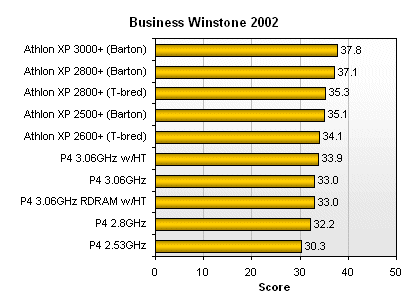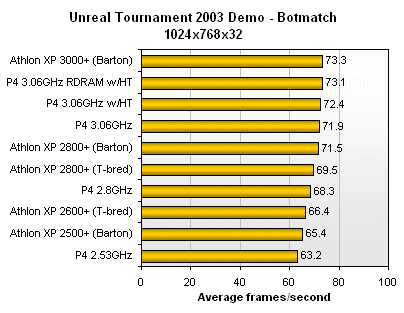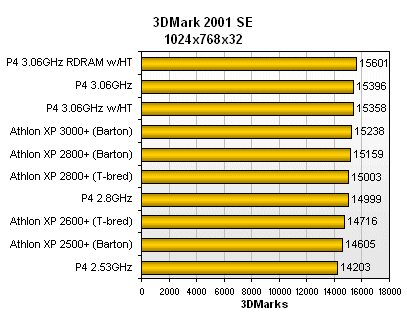Reply 20 of 24, by appiah4
- Rank
- l33t++
bakemono wrote on 2024-05-06, 14:28:The performance ratings became more inflated over time. The 1900+ (which I had back in the day) ran at 1600MHz. The 2500+ (which I had later) ran at 1833MHz. How does a mere 233MHz increase translate into 600 marketing points? Increasing cache and bus speeds mitigates memory latency but it doesn't make a whole new CPU.
It's very similar to what happened with Cyrix 6x86 processors. Early on, a 133MHz part was given a PR166 label, then later a 285MHz part was given a far more generous PR400 label.
The 2500+ Barton had almost twice the cache (128+512KB) that the Palomino XP 1900+ (128+256KB) did. It was also almost twice the transistor count. It also ran at 166MHz FSB as opposed to 133MHz.
I really don't think your argument holds merit. I have no idea what happened to distort people's views about the Pentium 4 era AMD/Intel competition; maybe the Core generation completely brainwashed people but Intel was resorting to stupid shit like Pentium 4 EE to be able to compete with top of the line Bartons well before Athlon64 arrived. And then Athlon64 completely destroyed Intel's Pentium 4 lineup.
For reference:
Retronautics: A digital gallery of my retro computers, hardware and projects.




